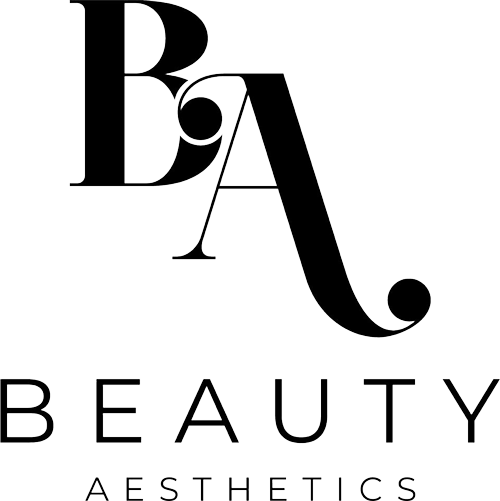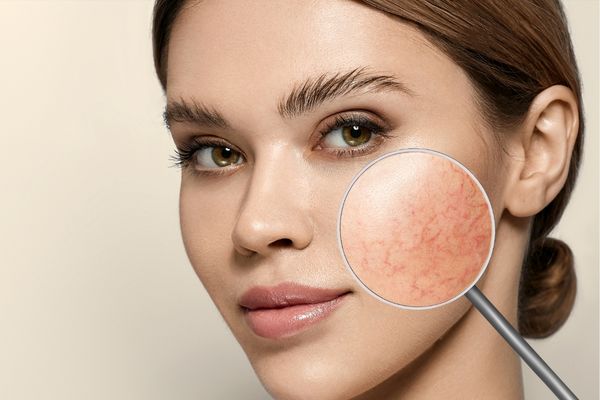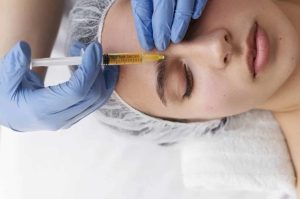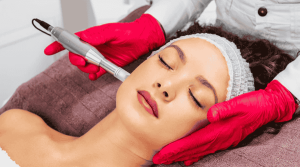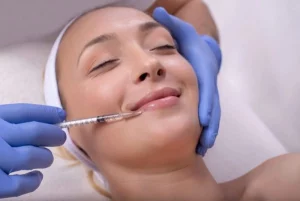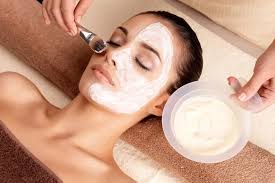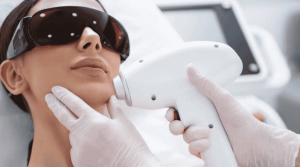The visual narrative of our skin tells a story of where we’ve been: sun exposure, aging, and life events like Pregnancy or significant Weight fluctuation. Sometimes, this story includes delicate, web-like marks—those small, red, blue, or purple blood vessels known as Spider veins. While harmless to your circulatory system, these telangiectasias can significantly detract from the uniform appearance of your skin.
If you’ve spent years covering up those leg veins or facial veins, you’re probably searching for a truly effective treatment. This guide, informed by years of experience in Canadian beauty and wellness, breaks down What Is Spider Vein Removal and How Does It Work? We’ll explore the science behind these common skin conditions and detail the vein treatments that offer safe, dramatic reduction and restoration of confidence. The journey to smoother, clearer skin starts with a clear understanding of your treatment options.
Understanding Spider Veins: A Common Cosmetic Condition
First, it’s important to distinguish Spider veins from their larger, often bulging counterparts, varicose veins.
Spider veins are tiny blood vessels (specifically venules and arterioles) near the skin’s surface. They get their name from their intricate, web-like pattern, appearing most commonly on the thighs, ankles, and face. Unlike varicose veins, they generally don’t cause pain or serious health issues like ulceration or phlebitis, but they are a very common cosmetic concern.
What Causes Spider Veins?
While there’s no single cause, a combination of factors contributes to their formation:
- Heredity: Genetics is the strongest predictor. If close family members have them, you’re more likely to develop the condition.
- Hormonal shifts: Pregnancy, menopause, and the use of certain contraceptives can cause changes in blood flow and venous pressure.
- Weight fluctuation and lifestyle factors can increase pressure on the vein network in the legs.
- Prolonged sitting or standing, which challenges proper blood circulation, can also be a factor.
Regardless of the cause, the underlying condition means that the small blood vessels have dilated, becoming visible through the skin. Fortunately, modern vein treatments are designed to safely eliminate these vessels without affecting the overall health of your circulatory system.
Sclerotherapy: The Gold Standard for Leg Veins
For treating Spider veins and certain varicose veins on the legs, sclerotherapy remains the most established and effective treatment globally. It is a straightforward, non-invasive procedure that has been refined over decades.
How Sclerotherapy Works
Sclerotherapy involves a medical doctor or phlebologist performing a series of targeted injections directly into the problem vein.
- Chemical Solution (Sclerosing Serum): The specialists inject a gentle chemical solution or sclerosing serum (like Polidocanol) into the targeted vein.
- Irritation and Coagulation: The solution immediately irritates the blood vessel lining (endothelium), causing the walls of the vein to swell and stick together. This process, known as coagulate, effectively shuts down the damaged vessel.
- Natural Removal: Over a period of time, the body’s immune system recognizes the sealed-off vein as defunct tissue and naturally absorbs and removes it, gradually causing the cosmetic removal and reduction of the visible mark. The blood flow is simply redirected to healthier blood vessels deeper in the skin layers.
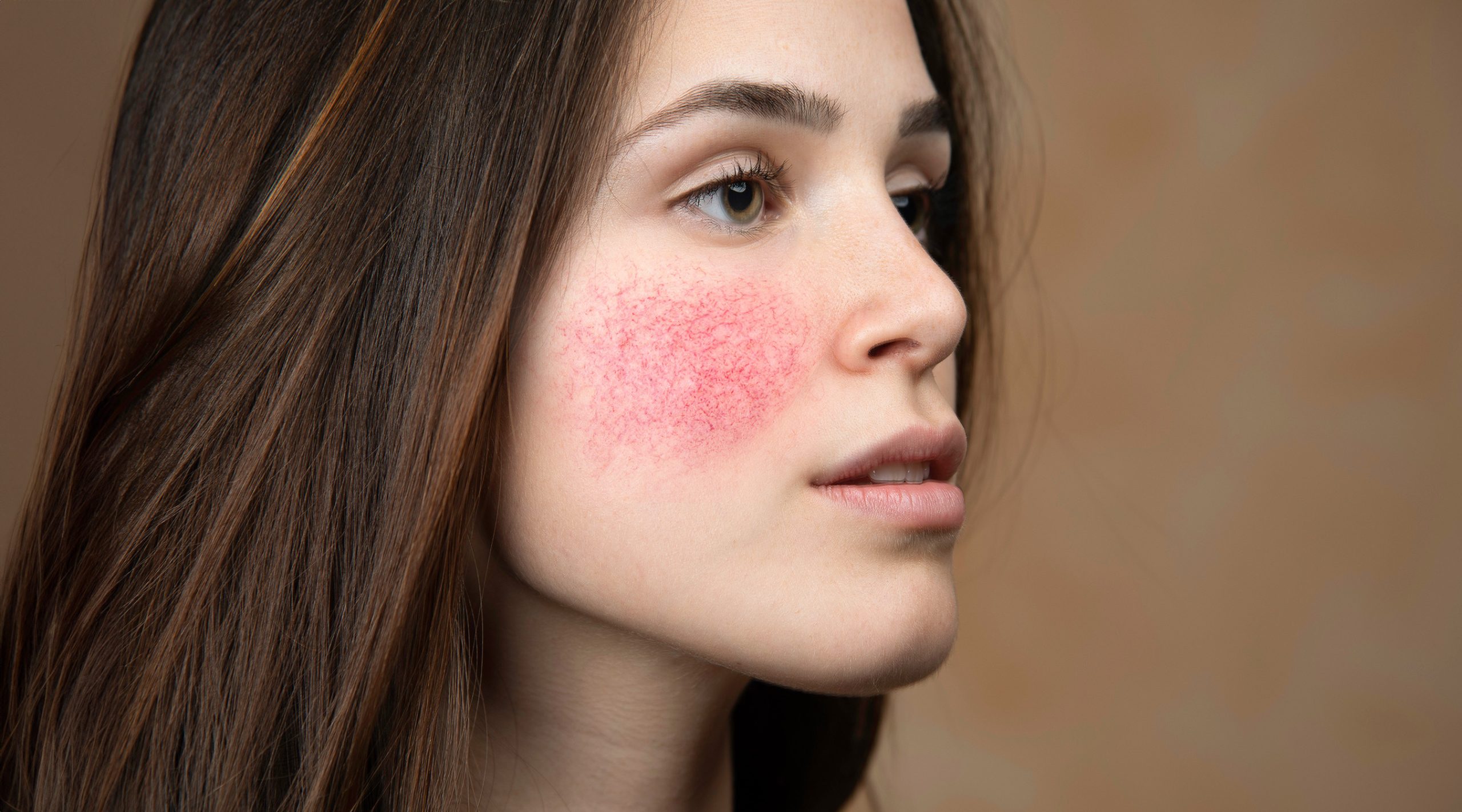
The Sclerotherapy Procedure Details
- Consultation: Every successful removal begins with a thorough consultation. The patient‘s medical history, including any previous issues like blood clot formation (phlebitis), is reviewed. In some cases, a Doppler ultrasound or venous Doppler ultrasound may be used as an imaging tools to assess underlying issues like chronic venous insufficiency or the health of the saphenous vein before the procedure.
- The Injections: The injections are done with very fine needles and cause only minimal discomfort. Depending on the extent of the condition, the patient may need multiple sessions spaced a few weeks apart for optimal reduction.
- Recovery and Aftercare: Recovery is minimal. Patients are typically advised to wear compression stockings (support hose or compression hosiery) for a period specified by the doctor to maintain pressure on the treated blood vessels and ensure they remain closed. Walking is encouraged to promote healthy blood circulation. There is no need for a visible scar or large incision.
Laser Vein Treatments: Best for Facial and Small Veins
For tiny Spider veins on the face or for very small leg veins that may be too small for the needle used in sclerotherapy, laser treatments offer a highly effective treatment method. This procedure is entirely non-invasive.
How Laser Therapy Works
Laser vein treatment uses concentrated heat and light energy to eliminate the vein from the outside of the skin.
- Targeted Energy: A specialized laser system, such as the Cutera® Nd:YAG laser system or Excel-V, emits a focused beam of high-intensity light. The specific wavelength, like that used in an Nd:YAG laser, is preferentially absorbed by the pigment (hemoglobin) in the blood vessels.
- Coagulation via Heat: When the vein absorbs the laser heat, the blood vessels instantly coagulate and seal shut. The surrounding skin tissue is protected by a sophisticated cooling system integrated into the laser system.
- Natural Absorption: Similar to sclerotherapy, the body naturally reabsorbs the sealed-off vein over time, leading to the removal and reduction of the visible mark.
This method, often referred to as Laser Vein Removal Treatment, is excellent for very superficial facial veins because it leaves the surrounding skin untouched. It’s often carried out by a dermatologist or healthcare professional trained in advanced laser therapy.
What to Expect from Laser Treatments
- Duration: Each session usually lasts less than an Hour, depending on the size and location of the treatment areas. Multiple sessions are generally required for complete clearance.
- Sensation: Patients often describe the sensation as a quick, hot snap or a rubber band hitting the skin. Local anesthesia or topical numbing creams may be used, though they are often unnecessary.
- Recovery: There is virtually no downtime. The skin might appear slightly red or bruised for a day or two, but the patient can resume normal activities immediately. Compression hosiery may still be recommended for leg veins.
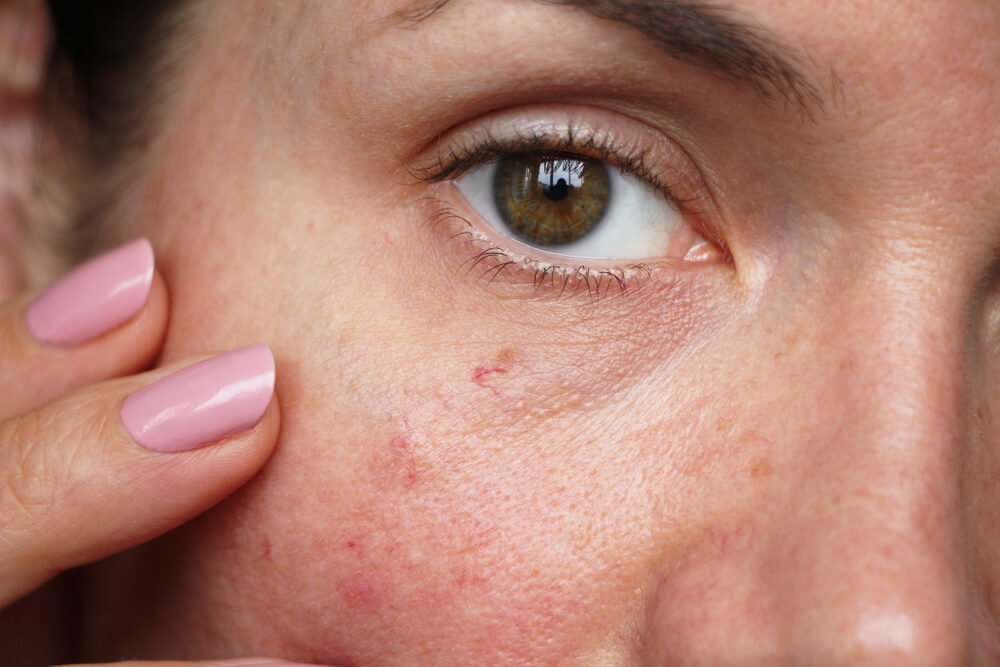
Comprehensive Vein Solutions: Advanced Treatment Options
Beyond sclerotherapy and external laser treatments, advanced specialists known as phlebologists or vascular surgeons may offer other treatment options for larger or more complex vein issues, often related to varicose veins but sometimes required for extensive Spider veins clusters.
1. Endovenous Thermal Ablation (EVLT / RFA)
For larger veins that feed the Spider veins, endovenous thermal ablation (Endovenous Laser Ablation Therapy, or EVLT) is highly effective. This procedure uses heat to seal the vein from the inside.
- Catheter-Based Procedures: A tiny incision is made, and a small catheter is inserted into the affected vein.
- Laser Fiber: A laser fiber (laser fibre) is advanced through the catheter to the treatment site.
- Thermal Energy: The laser delivers precise heat energy, permanently collapsing the blood vessel lining. This technique is often called endovenous laser varicose vein surgery or simply endovenous ablation.
2. Ambulatory Phlebectomy
This procedure is often used in conjunction with EVLT or sclerotherapy to remove larger, protruding varicose veins through tiny incisions that require no stitches and heal quickly, leaving minimal, if any, scar.
3. Non-Thermal Ablation (VenaSeal / ClariVein)
Newer venous procedures like VenaSeal (using a medical adhesive) or ClariVein (using mechanical rotation and a chemical solution) offer alternatives that avoid the use of heat (thermal ablation). These catheter-based procedures further enhance the available treatment options and can provide faster recovery times.
It is critical that patients seeking these advanced treatments consult with a certified medical doctor who is a specialized phlebologist or vascular surgeon, not a General Surgeon or laparoendoscopic surgeons whose focus is different.
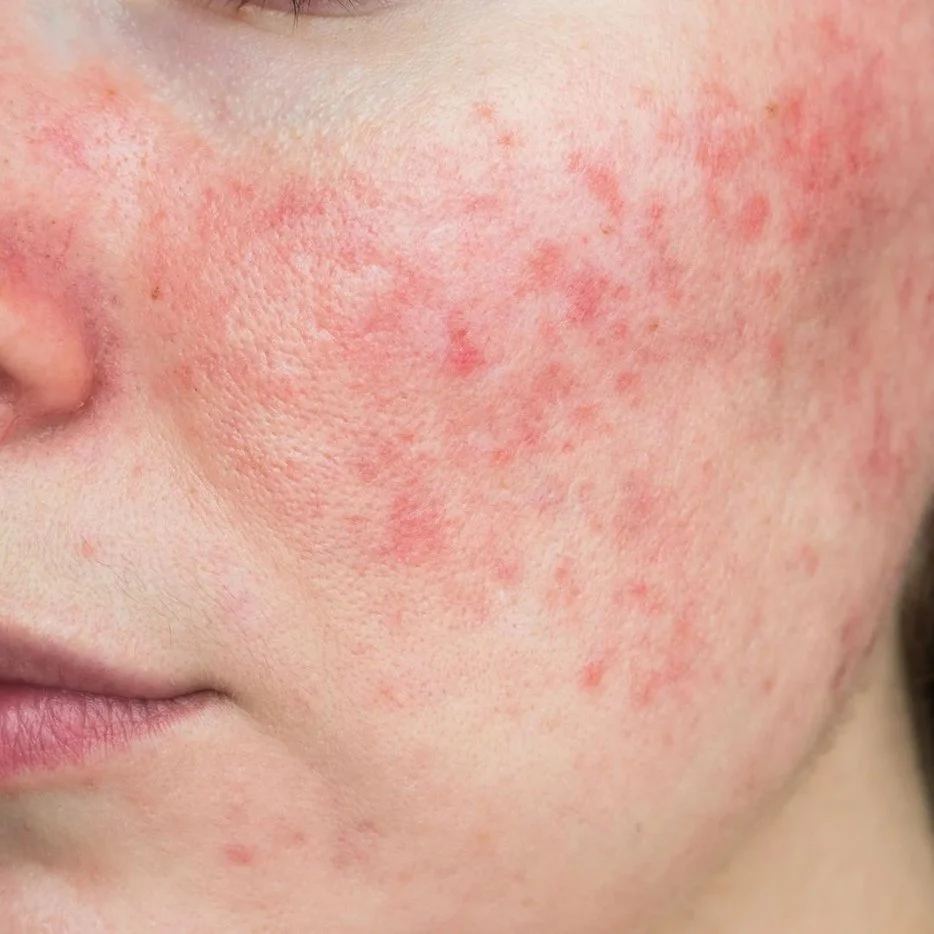
Why Choose Beauty Aesthetics
At Beauty Aesthetics, we focus on safe, customized vein treatments with exceptional cosmetic results. We utilize advanced laser systems like the Cutera® Nd:YAG laser system and highly effective sclerotherapy techniques. Our specialists conduct a thorough consultation, which often includes a venous Doppler ultrasound to ensure we address the root cause of your condition. We prioritize patient comfort, minimal recovery, and lasting reduction of both Spider veins and small varicose veins.
Conclusion
Choosing a vein removal treatment option should be based on a clear diagnosis from a qualified healthcare professional. While Spider veins are a cosmetic concern, ensuring the underlying blood flow and blood circulation are healthy is paramount. Whether you opt for sclerotherapy or external laser treatments, the procedure is straightforward, and the results are often life-changing, restoring the natural beauty and uniformity of your skin. Remember to strictly follow aftercare instructions, especially the use of compression stockings, for the best possible outcome and to promote effective blood circulation post-removal.
Call to Action
Ready to say goodbye to Spider veins and restore smooth, clear skin? Schedule your personalized consultation today to discuss the best Laser Vein Removal Treatment or sclerotherapy plan for you.
